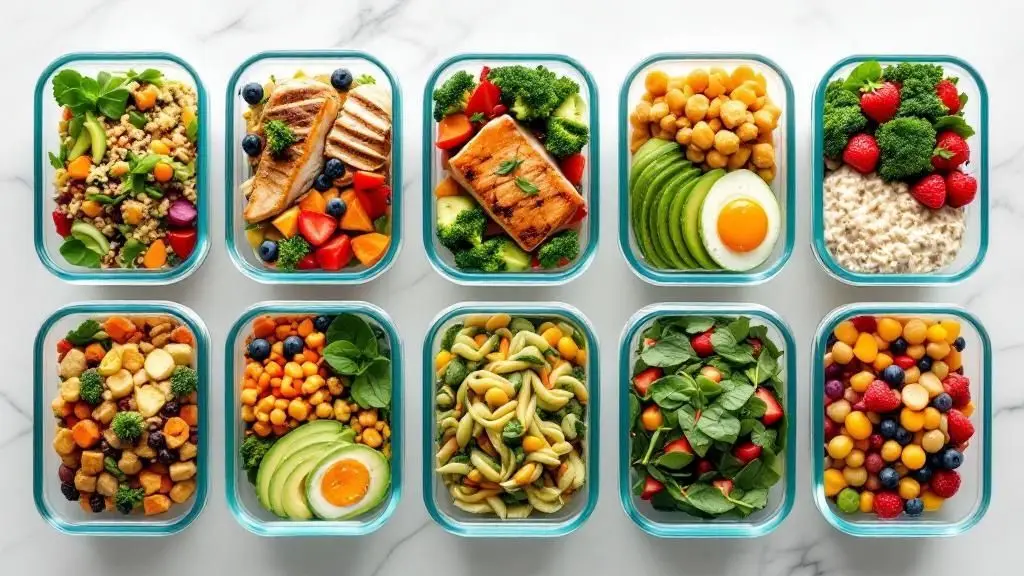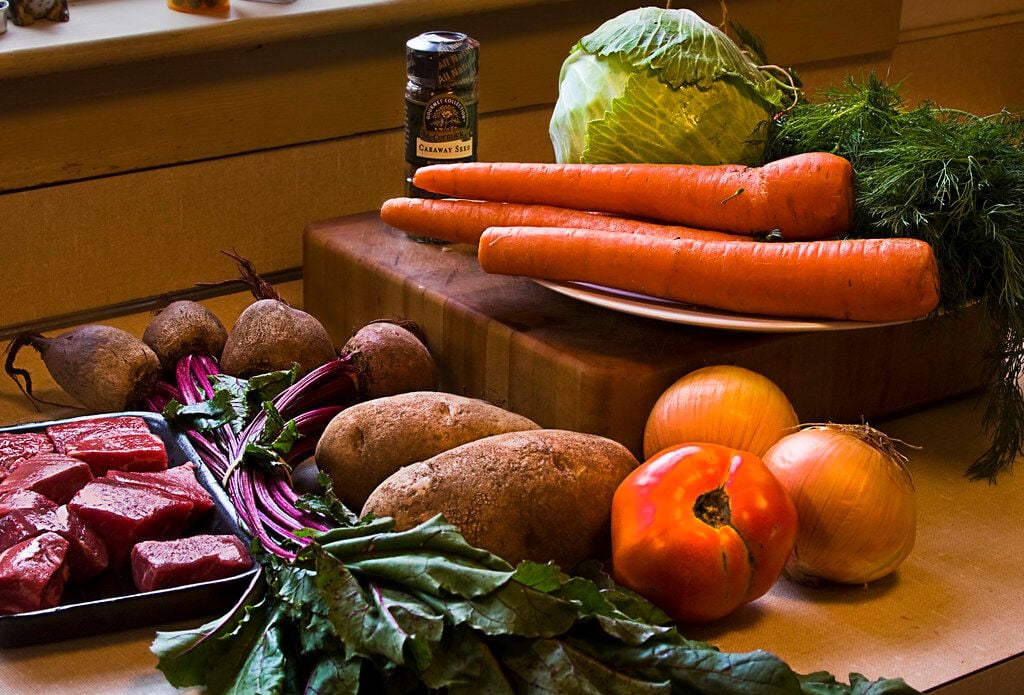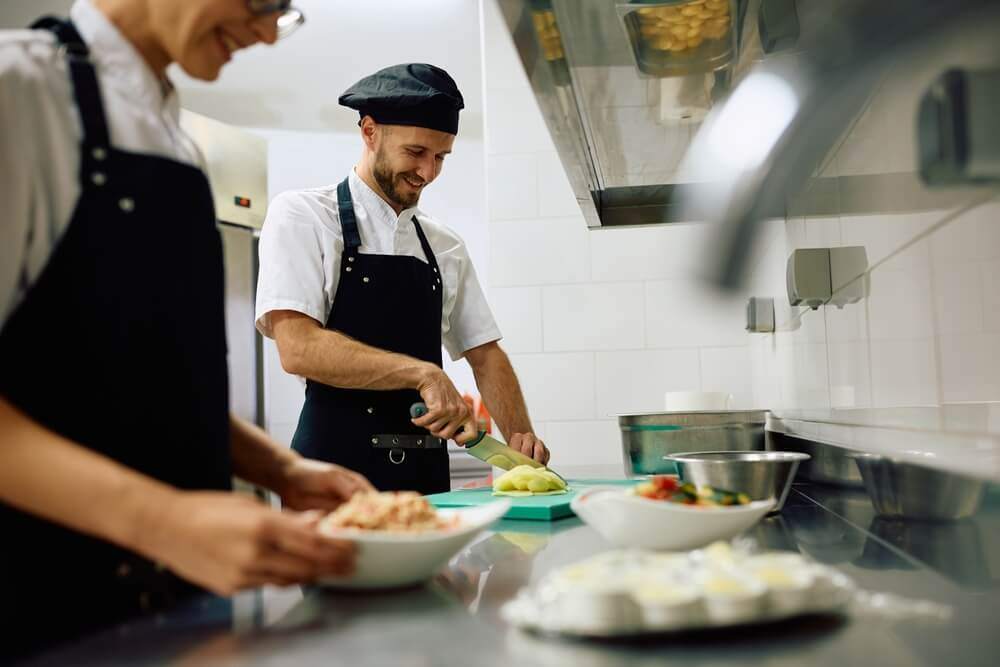
Surprising Study Reveals the Most Sustainable Orange Juice Packaging
- Sep 6, 2024
A trip to the grocery store for some orange juice might become a little complicated if you want to pick the most sustainable packaging, according to a recent study. In July, an investigation titled "Unpacking Consumer Preferences: Perceptions and Sustainability of Packaging Material for Orange Juice" was made public by scholars from the University of Amherst. The findings might not align with the popular consumer opinion, as the most sustainable orange juice packaging turned out not to be the one most preferred by consumers.
The study revealed a clear preference among the shoppers for glass bottles given their perceived sustainability and cost-effectiveness. However, as research author Nomzamo Dlamini points out in a press statement, this common belief is somewhat off-target. "Despite glass being idealized as the most sustainable, other packaging types may indeed be more sustainable," Dlamini explains.
The study involved nearly 850 grown-up consumers being questioned about their preferred packaging. The results indicated a tilt towards a 12-ounce glass bottle, costing $1.10, labeled as 100% recyclable and locally produced. "Glass were the most desirable due to its high perceived value," the study lead further added. Despite this, the reality is not so straightforward.
Consumers might be surprised to learn that "glass is actually among the least sustainable if you consider the entire packaging lifecycle," as per Dlamini. The research team tracked the process flow from creation to disposal and recycling of four packaging materials: glass, carton, aluminum, and plastic. They found that the sustainability of a package depends largely on the product it contains, its size and weight, along with many other variables. For single-serve orange juice, however, the throne belongs to the humble carton. ranking second was plastic, followed by aluminum, with glass bringing up the rear.
Expressing surprise over these findings, Dlamini said: "I was shocked to read the lifecycle assessment from the experts that it takes so much energy to produce glass and then recycle it - much more than what it takes to make or recycle plastic." Diving deeper into this surprising result, the team discovered that due to its lighter weight, plastic requires less energy to move around, which outweighs the "end-of-life impacts of plastic". Moreover, the "aseptic sealing process of plastic containers using steam is less energy demanding than the retort system used for glass," the research noted.
The aim of the study was to understand why consumers made the packaging choices they did, but it concluded with an encouraging note. It emphasised, “Regardless of packaging choices influencing environmental outcomes, reducing or discarding food wastage is the most practical way consumers can aid sustainability efforts."






